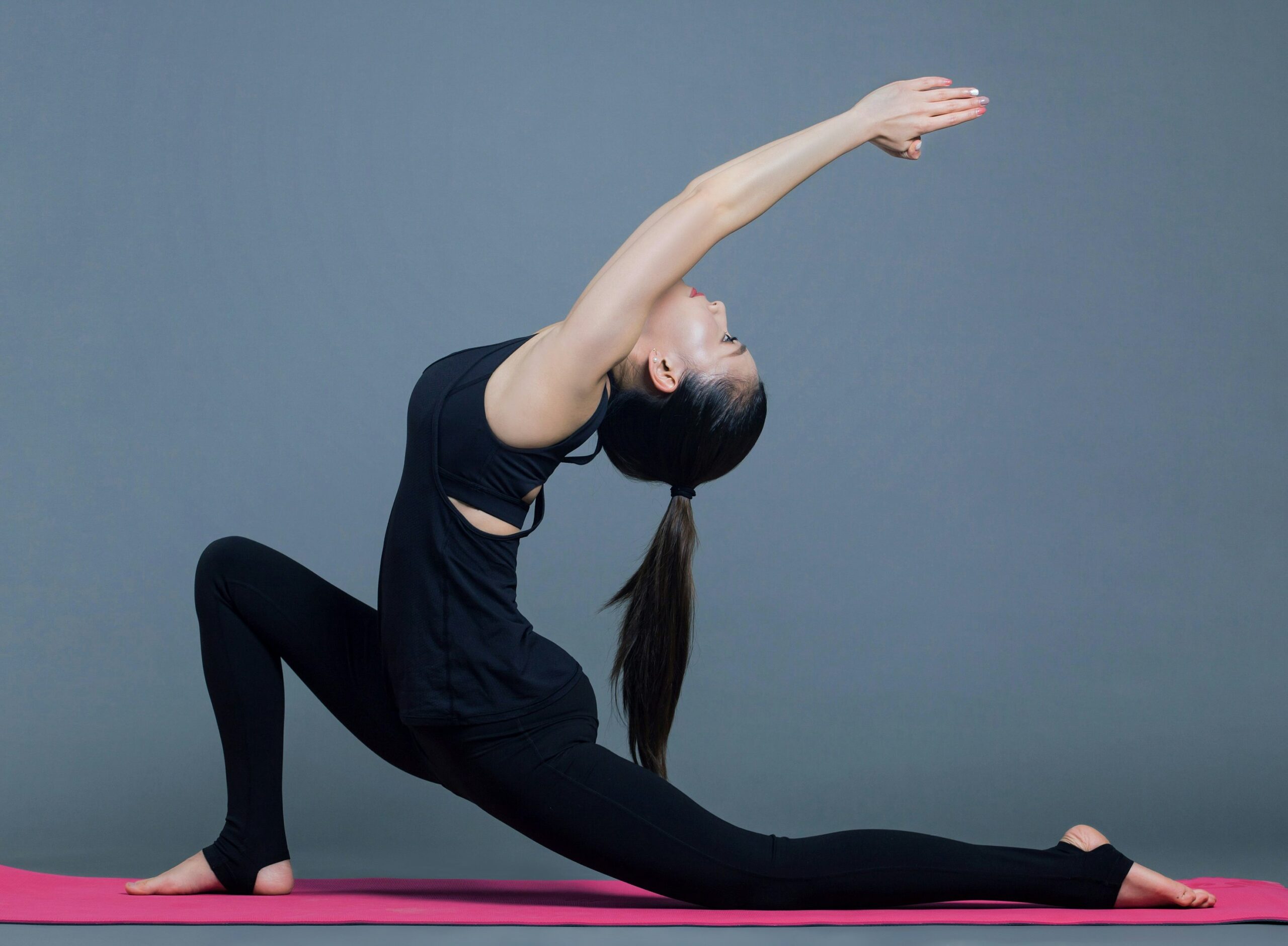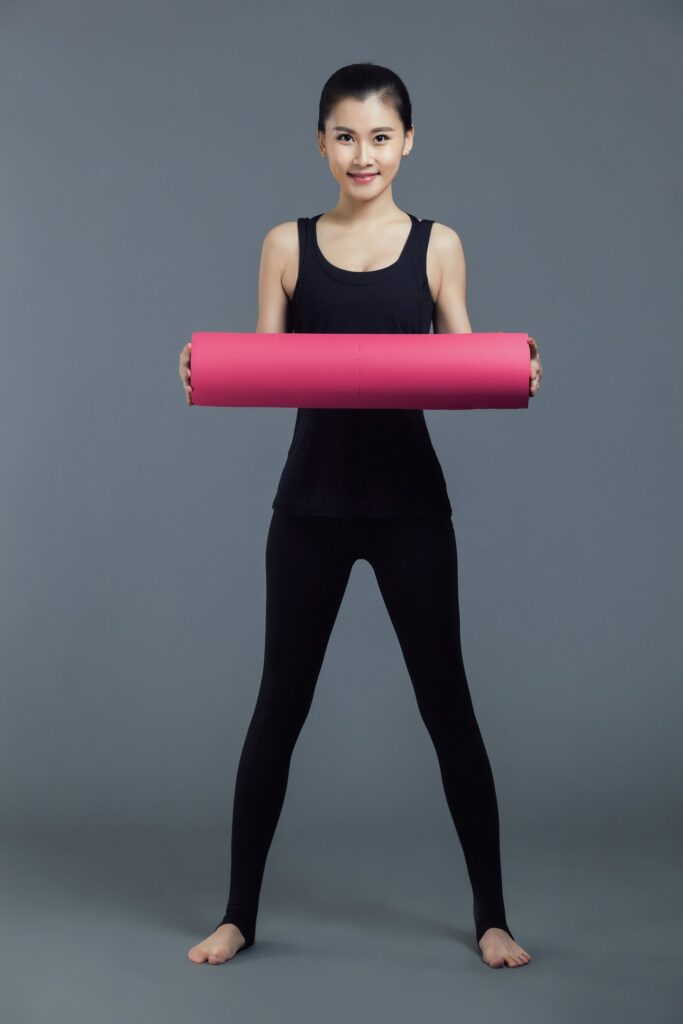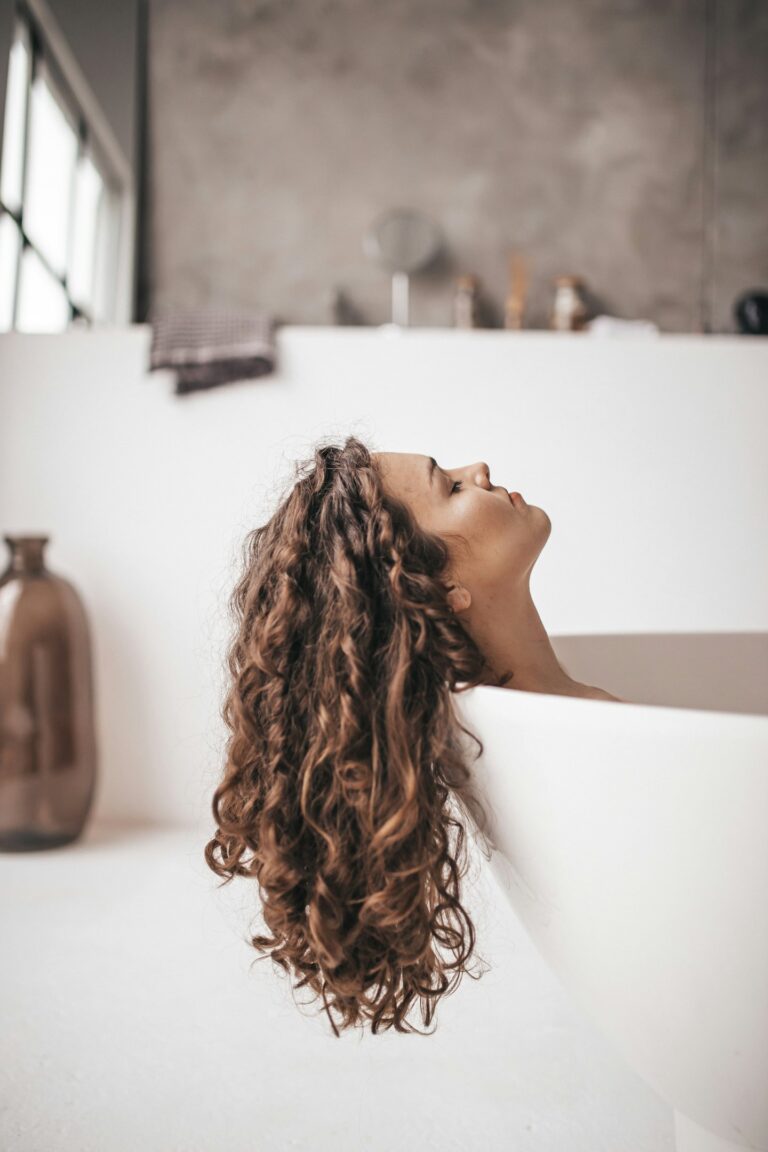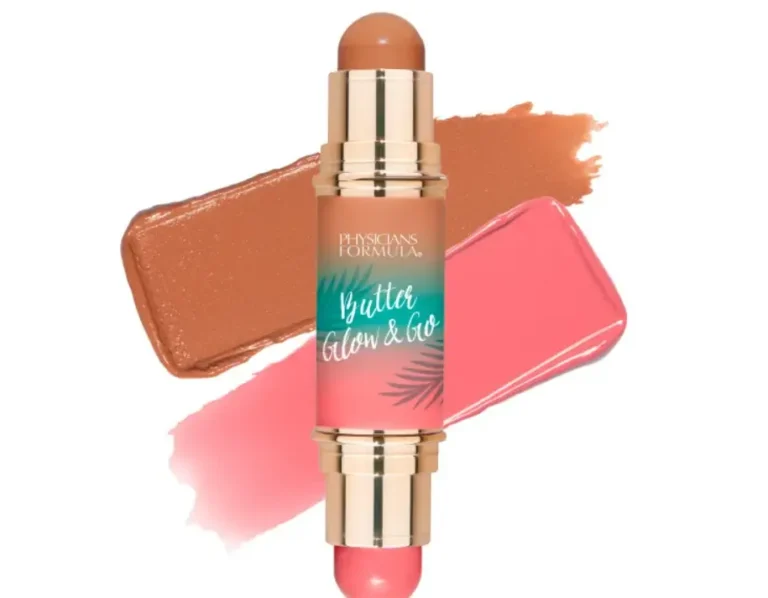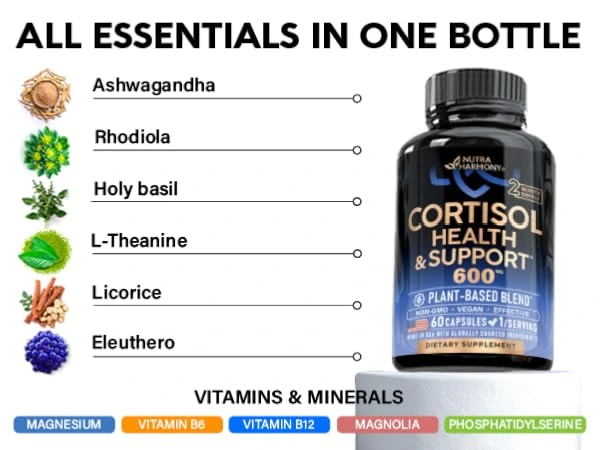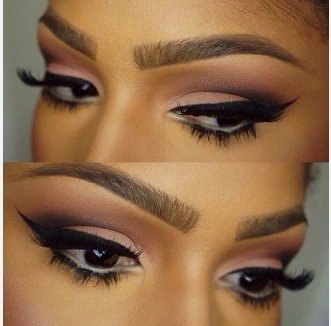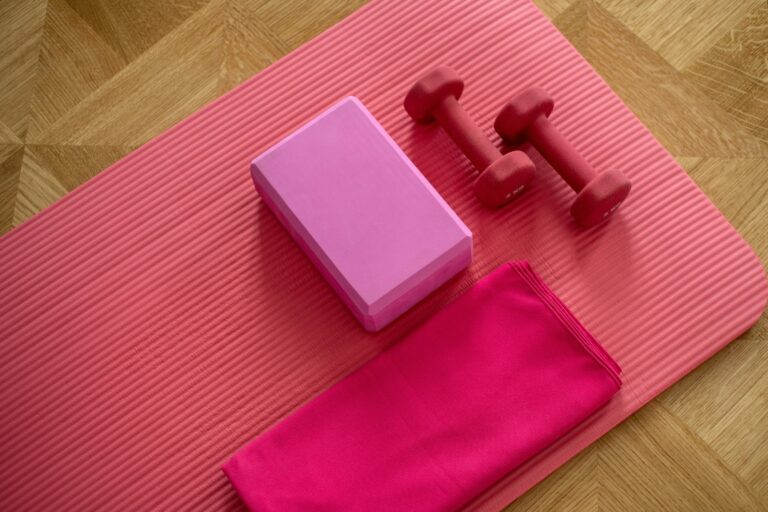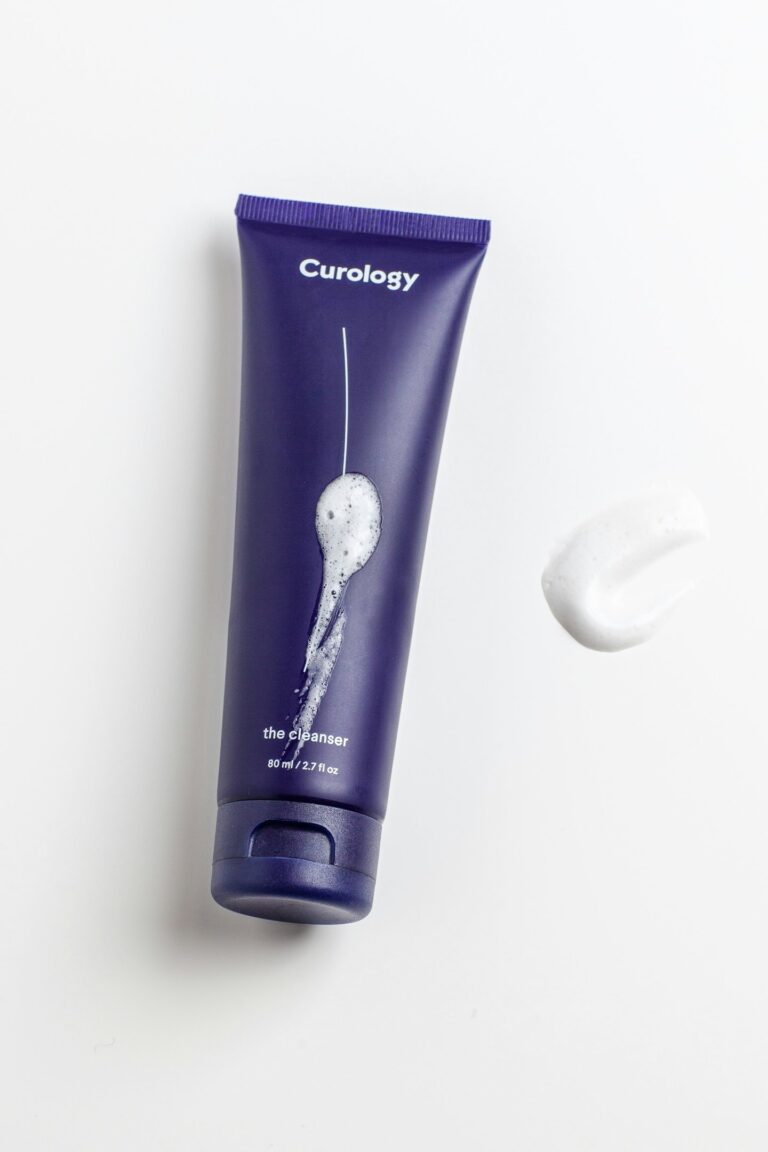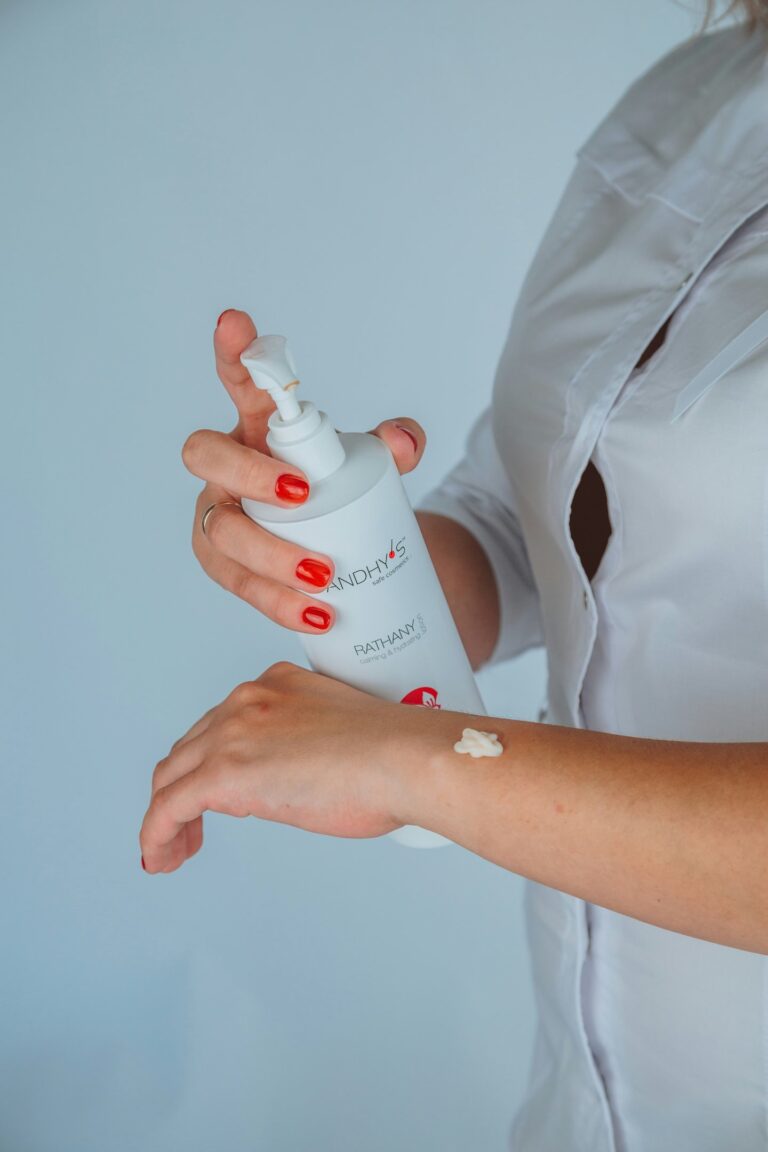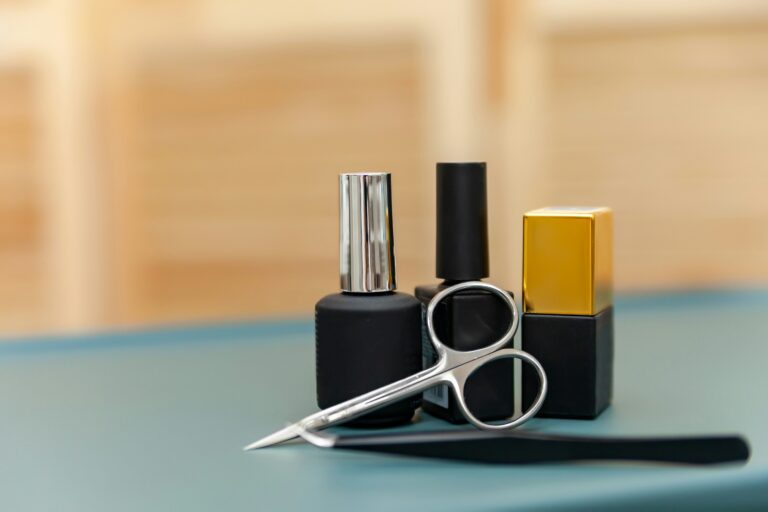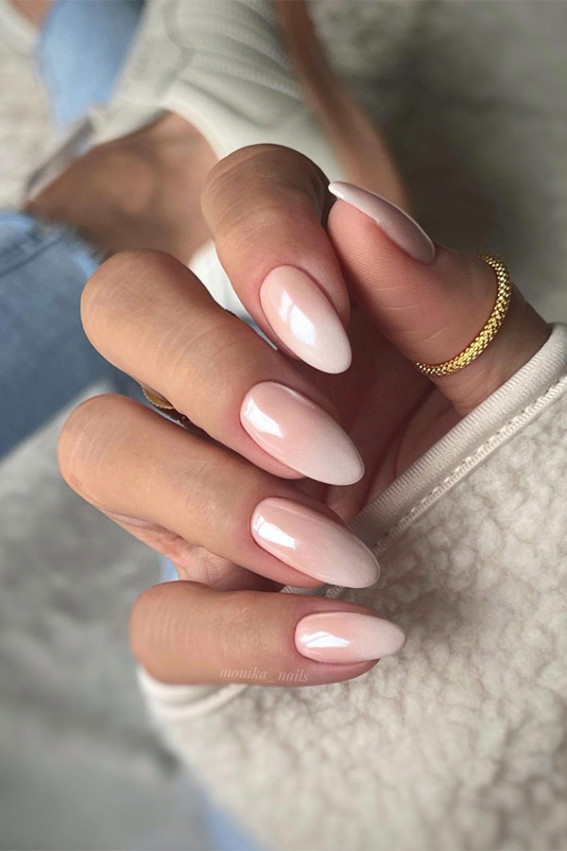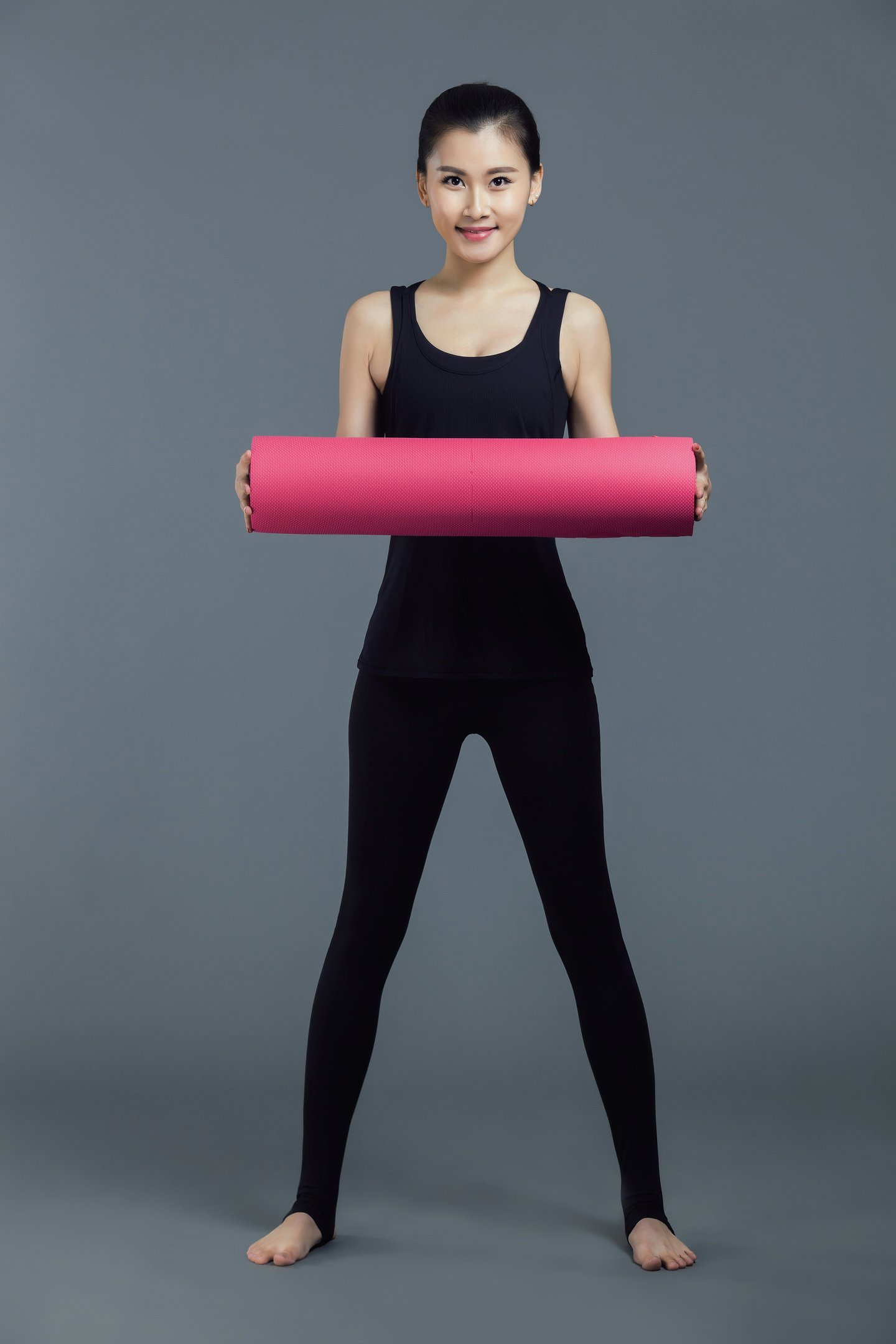
Why the Right Yoga Mat Matters
Before we jump into specific mat recommendations, let’s quickly talk about why the right yoga mat is so important.
Think about it: you’re doing poses that require balance, stretching, and sometimes even holding positions for a while. If your mat is too thin or too slippery, you’ll struggle to hold poses, which could lead to frustration or even injury. On the flip side, if your mat is too thick or heavy, it could make transitions more challenging. In short, choosing the right mat is like choosing the right pair of shoes for your workout—comfort, support, and durability matter!
Things to Consider When Choosing Your Yoga Mat
When it comes to choosing a yoga mat, there are a few important factors to consider:
-
Thickness: How much cushion do you need? A thicker mat offers more support, but it can also be less stable for balance poses. Thinner mats are better for stability but might not offer enough comfort during long stretches.
-
Material: Yoga mats come in a variety of materials, such as PVC, rubber, TPE, and natural fibers like jute. Each material has its pros and cons, from eco-friendliness to grip and durability.
-
Grip and Traction: Some mats are slick, while others have amazing traction. If you sweat a lot, a non-slip surface is key to preventing any unwanted slips.
-
Portability: Are you practicing at home or do you plan to take your mat on the go? If you travel with your mat often, you’ll want something lightweight and easy to carry.
-
Size: Most mats are about 68 inches long, but if you’re taller, you might want a longer mat to ensure you have enough room to stretch.
-
Style and Color: Let’s face it, a beautiful mat can motivate you to get on the mat more often! Choose a mat that speaks to your style, whether it’s minimalist or full of color.
Best Yoga Mats for Beginners: Comfort and Support
If you’re just starting your yoga journey, you might be wondering what type of mat will be best for you. For beginners, comfort and support are key. You’ll want a mat that cushions your knees and joints while giving you enough stability for standing poses.
-
For Extra Cushion: A thick foam yoga mat is a great choice for beginners who want a little extra padding. These mats provide more cushion, making it easier on your knees during poses like child’s pose or knee-down lunges. They’re also perfect for meditation or restorative yoga.
Product recommendation: Check out a high-density foam yoga mat that’s soft yet firm enough to support a variety of poses.
-
For Eco-Friendly Practices: If you’re someone who wants to be environmentally conscious while starting your yoga journey, an eco-friendly TPE mat could be the one for you. TPE is lightweight, non-toxic, and recyclable—perfect for a beginner who wants to practice sustainably.
Product recommendation: Consider a TPE yoga mat that’s both non-toxic and slip-resistant.
Best Yoga Mats for Hot Yoga and Sweaty Practices
Hot yoga, Bikram yoga, or even a high-intensity Vinyasa class can leave you dripping with sweat. In these situations, a mat with great grip and moisture-wicking properties is essential. Slipping and sliding all over your mat is not the ideal way to practice!
-
For Ultimate Grip: A natural rubber yoga mat is an excellent choice for hot yoga. Rubber provides great traction, even when you’re sweating. Plus, it’s durable and provides a cushioned surface for long practices.
Product recommendation: Try a high-traction rubber yoga mat for extra grip and stability during your sweaty sessions.
-
For a Non-Slip Experience: If you need something more absorbent, you can opt for a sticky mat designed specifically to wick away moisture. These mats have a textured surface that ensures you stay put during sweaty yoga sessions.
Product recommendation: Consider a non-slip microfiber yoga mat towel to lay over your mat for extra absorbency and grip.
Best Yoga Mats for Advanced Yogis: Durability and Support
As you progress in your yoga practice, you’ll want a mat that supports more challenging poses, transitions, and inversions. An advanced yogi needs a mat that is durable, stable, and comfortable for long sessions.
-
For Stability: A PVC yoga mat offers excellent grip and durability, making it a great choice for yogis who need a firm, stable surface. These mats are often thick enough to support complex poses without being too soft.
Product recommendation: Check out a high-density PVC yoga mat for maximum support and stability during your advanced poses.
-
For Durability: If you’re practicing regularly and need a mat that can withstand the wear and tear of frequent use, go for a thick rubber mat. Rubber mats tend to last longer and provide a stable surface for standing poses and balancing postures.
Product recommendation: Try a premium rubber yoga mat that’s built to last and handle more advanced movements.
Best Yoga Mats for Travel: Lightweight and Compact
If you’re always on the go and need a mat that’s easy to transport, look for something lightweight and foldable. A travel mat should be compact yet supportive enough for your daily practice.
-
For Light and Foldable: A lightweight travel yoga mat is easy to roll up and carry. These mats typically come with a carrying strap or bag, making them portable and convenient for yogis on the move.
Product recommendation: Check out a foldable yoga mat that’s thin but durable enough to withstand your practice.
-
For Compact Support: If you prefer something that still offers a decent amount of cushioning but is easy to pack away, a thinner yoga mat that folds neatly can be an excellent option.
Product recommendation: Consider a portable yoga mat that folds into a small, travel-friendly size.
How to Care for Your Yoga Mat
A yoga mat is an investment in your practice, and you want it to last as long as possible. Here are a few simple tips to keep it clean and in great shape:
-
Wipe It Down After Every Use: After each practice, wipe down your mat with a gentle mat cleaner or a mixture of water and essential oils. This will help remove sweat, dirt, and germs that build up after each use.
-
Roll It Up Properly: Always roll your mat up with the top side facing inward. This prevents creases and helps maintain the mat’s shape.
-
Clean It Regularly: Depending on how often you practice, deep-clean your mat every couple of weeks. Simply wash it with mild soap and water, and allow it to air dry. Avoid folding it when wet, as this can cause the mat to crack.
Conclusion: The Perfect Yoga Mat Awaits
No matter what type of yoga you practice, there’s a mat out there that’s perfect for you. Whether you’re looking for something eco-friendly, durable, or travel-friendly, the right mat can elevate your practice and help you feel more comfortable, stable, and confident on your mat.
Remember, your yoga mat is more than just a piece of equipment—it’s your personal space for growth, strength, and mindfulness. So, take your time choosing the perfect one and give your practice the support it deserves.
Namaste! 🧘♀️
